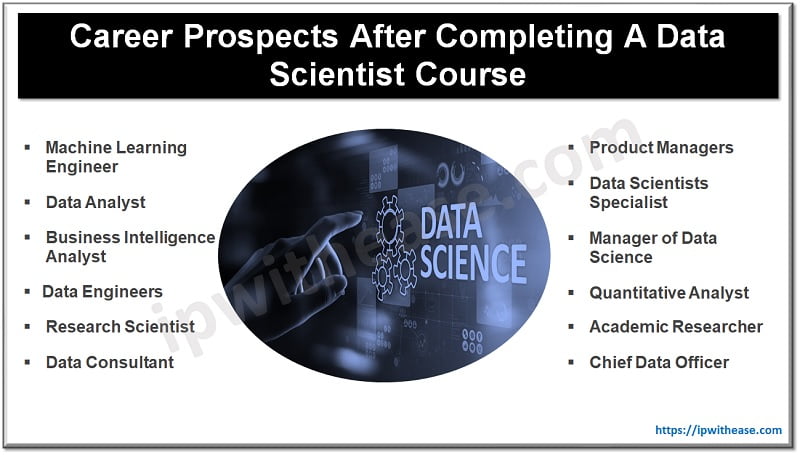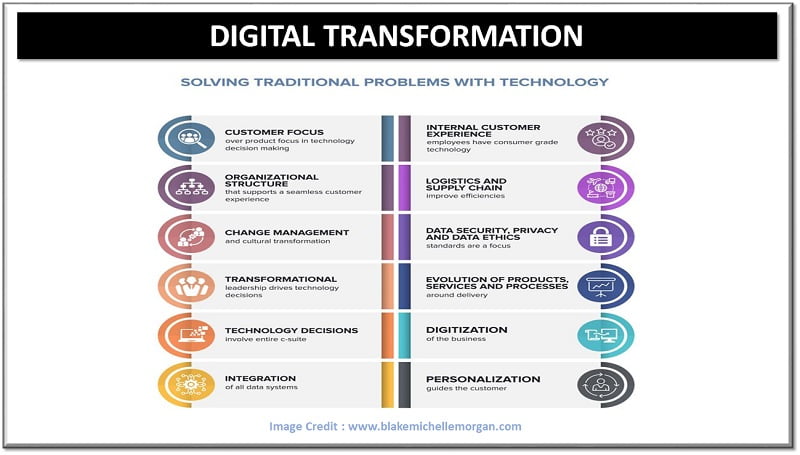Digital evolution has been making a huge impact on the world economy and is expected to add $100 trillion in value by 2025. It is increasingly becoming a part of most business processes, with 91% of businesses engaging in some form of digital initiative. The changes it brings have immense implications, which will be felt throughout today’s modern society.
Data-driven Digital Transformation harnesses data from various sources including consumer analytics, operational analytics and process management to analyze how organizations can make better decisions based upon quantitative insights into their operations and customers. Additionally, this type of digital transformation enables companies to deliver products or services faster, ultimately increasing brand loyalty as well as product sales and profitability.

How Domino’s Executed a Data-Driven Digital Transformation
You’ve heard the story of how Domino’s changed the landscape of pizza delivery forever – but what you probably don’t know is that their data-driven digital transformation played a major role in their success. They took advantage of new technologies coming onto the market, like mobile phones and online ordering platforms, to stay ahead of customer trends.
In 2014, Domino’s launched its iPad app, which allowed users to customize their pizzas however they wanted. Dominos then began using data analytics strategically, studying purchasing habits closely, so as to better understand what makes customers tick. They found out that 80% of their customers ordered the same pizza every time. With this knowledge in hand they created “Push For Pizza” on their ‘Zero Clicks’ app that promised delivery times within 20 minutes.
How MANN+HUMMEL Harnesses Data for Digital Transformation
When it comes to digital transformation examples, MANN+HUMMEL is an outstanding model; it is taking the plunge into data-driven digital transformation with the assistance of their partners, Accenture and Celonis. Sitting at the front line in leading this industry shift are insights that will provide a layer of extra visibility and transparency to core business processes.
Forbes highlights that process standardization is one example seen across supply, distribution, and production departments that all tie towards improving cycle times, cutting back on rework costs, optimizing inventories across regional lines, increasing automation skill sets among employees… just to name a few. All these steps have begun already and there’s no stopping where this amazing process is taking MANN+HUMMEL – especially with Accenture and Celonis behind them bringing modern strategies every step along the way.
Addressing the Complex Challenges of Digital Evolution
Data-driven digital transformations bring forth a whole new set of challenges. Without strong leadership, organizations risk becoming overwhelmed, while trying to navigate this shift. One formidable challenge is convincing people that the technology being used facilitates their work rather than replacing them entirely. Raconteur explains that employees must be reassured that they won’t experience any kind of displacement due to data-driven methods; whether it’s career obsolescence or losing out on certain job opportunities.
Proactively addressing fears with assurance and explaining why your organization is delving into data helps create an honest and positive environment right from the start. Doing this will help form transparent collaboration between workers and decision makers resulting ultimately in successful steering shifts towards a culture based on data driven decisions.
How to Approach Digital Transformation with Confidence
Approaching digital transformation in a data-driven way requires an effective strategy that can be easily communicated and understood. Here are some tips to help you tackle your next transformation project:
- Setting out objectives is essential for any successful project, and this holds true for digital transformation as well.
- CapitalOne highlights that make sure the strategy incorporates all key stakeholders from both within and outside of the organization, addresses current business needs, and evolves over time as needed to adapt to new technologies or changing priorities.
- If everything stays at boardroom level then there’s no point of transformation.
- Taking into account how every stakeholder is affected by changes being made is also important, so build trust at all levels – communication between departments pays dividends here.
As much as communication between parties is important, achieving desired results isn’t possible without also setting up feedback loops where challenges/opportunities identified can be periodically assessed and addressed. This will ensure progress remains consistent throughout the duration of the project. Even a well crafted plan may still need tweaking along its course. Weigh the risks and consider small achievable milestones in order to validate assumptions, review change and adjust as needed, so it fits into larger transformation.
By following these tips, you can lay a solid foundation for your data-driven digital transformation project that’ll guarantee success.
Continue Reading:
10 Best Digital Marketing Tools for Small Businesses
An overview of Digital Marketing
ABOUT THE AUTHOR
IPwithease is aimed at sharing knowledge across varied domains like Network, Security, Virtualization, Software, Wireless, etc.



